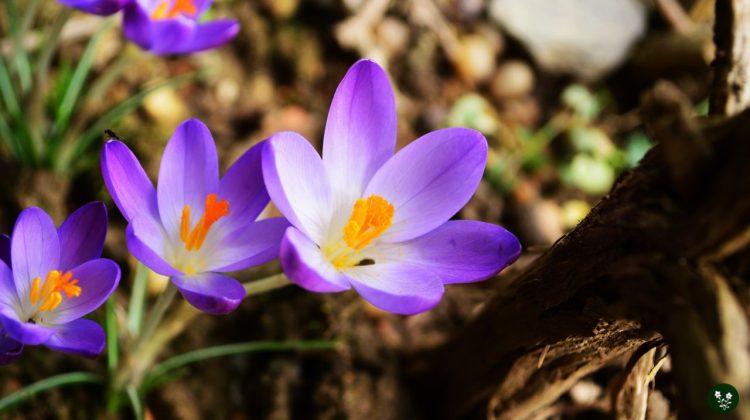
Crocus sativus, commonly known as the saffron crocus, is a species of flowering plant in the iris family Iridaceae.
This unique flower is admired for its delicate beauty and is widely known for its culinary and medicinal uses involving the spice saffron.
The plant’s name is derived from the ancient Greek term “krokos,” which refers to saffron. Crocus comprises about 90 perennials native to Asia, North Africa, Mediterranean Europe, and the Alps.
The saffron crocus is particularly significant due to the golden-colored, pungent stigmas found within the flowers that, once dried, are used as a spice to flavor foods and as a dye to color various items.
The stigmas of the saffron crocus are not only valued for their vibrant hue and distinct aroma but also for the symbolism and meaning that has been attached to the flower throughout history.
In many cultures, the crocus flower symbolizes youthfulness, happiness, and the arrival of spring.
For its use in saffron production, it has also come to represent wealth and prosperity, as saffron is one of the most expensive spices in the world.
The meaning of the Crocus sativus flower is multifaceted. It adds a layer of appreciation for this remarkable plant, which captivates the senses and holds a special place in people’s hearts.
In this article, we'll cover
1. Saffron Crocus Plant Description
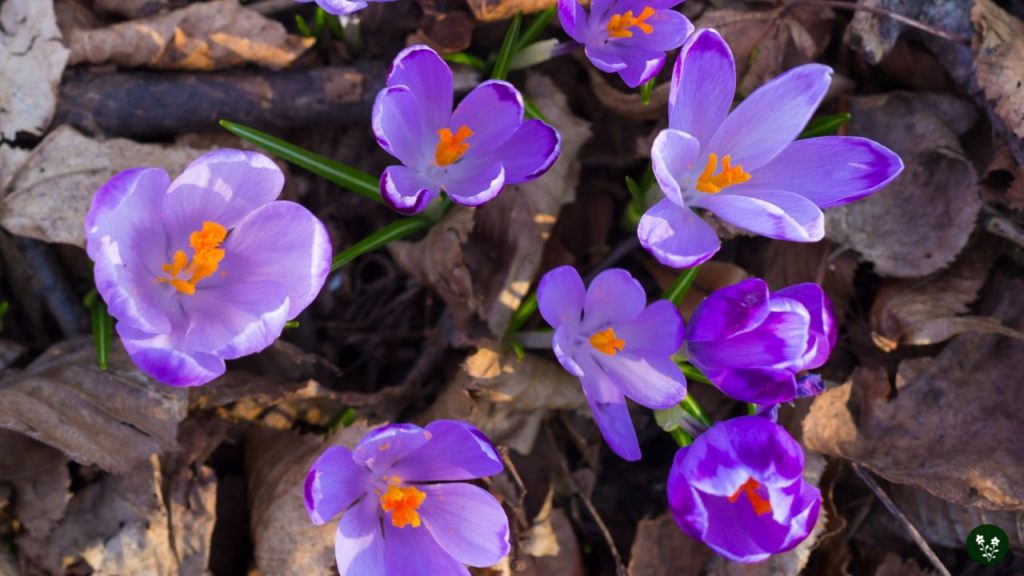
Crocus sativus, commonly known as saffron crocus, is a species of flowering plant in the iris family. Its native habitat remains unknown, as it is a cultivated perennial not found in the wild.
Physical Characteristics
The saffron crocus is an autumn-flowering plant that produces beautiful purple flowers, the source of the highly prized saffron spice.
The spice is obtained from the flowers’ bright red stigmas (pollen-bearing structures).
Each flower contains three stigmas, and it takes thousands of flowers to yield a small amount of saffron, making it an expensive and labor-intensive spice.
Aside from their value as a source of saffron, the flowers of the saffron crocus also have symbolic meaning.
The crocus flower generally represents youth, innocence, rebirth, cheerfulness, pleasure, gladness, and joy.
Growth Requirements
Crocus sativus is a cormous plant that grows from an underground stem known as a corm. The plant requires well-draining soil and full sun to partial shade for optimal growth.
It is typically planted in late summer or early autumn, with the corms being placed a few inches deep and spaced approximately 4 inches apart.
The saffron crocus thrives in various climates but prefers a Mediterranean climate with mild winters and dry summers.
Providing the plant with adequate moisture during its growing season is crucial, as it promotes healthy growth and abundant flowering.
However, it is essential to avoid over-watering, as excessive moisture can lead to the rotting of corms.
In conclusion, the saffron crocus is aesthetically pleasing and valuable for producing saffron spice.
Its physical characteristics, and growth requirements make it a fascinating plant to learn about and cultivate.
2. Crocus Sativus Symbolism
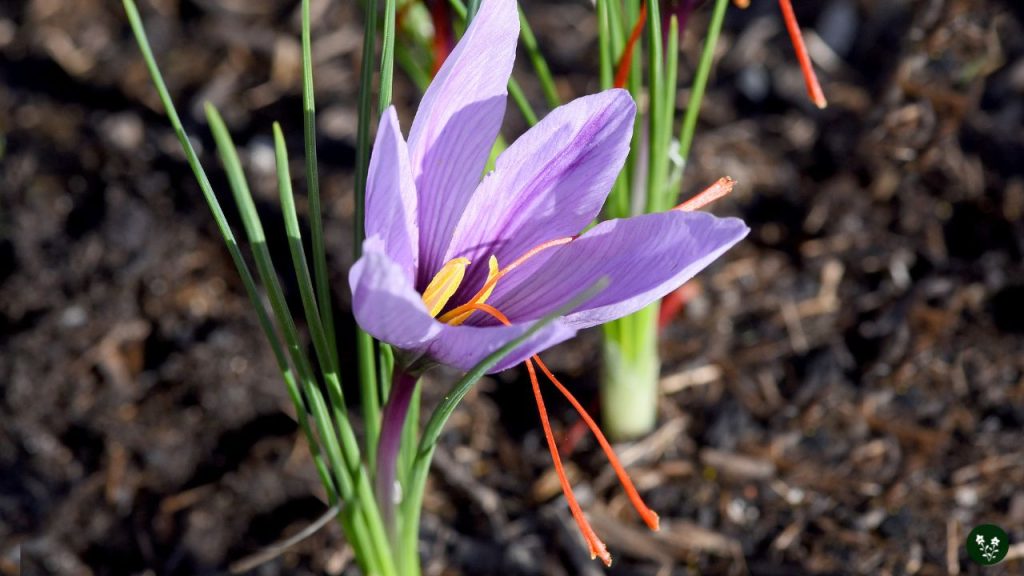
The Saffron crocus holds various symbolic meanings rooted in its historical significance and cultural connotations.
The flower’s vibrant colors and early blooming period in spring have endowed it with powerful symbolism of youth, vitality, joy, and rebirth.
Historical Significance
The saffron crocus has a long and illustrious history that dates back thousands of years. Its use as a valuable spice, dye, and medicine spans multiple cultures, including ancient Greece, Rome, Persia, and Egypt.
The precious spice has often been considered a symbol of wealth, as it was worth its weight in gold, making it an object of desire and a symbol of power.
Crocus sativus was also associated with spiritual practices, as it was believed to possess divine attributes.
In ancient Greek mythology, it was linked with the tale of the tragic love story between Krokus and the nymph Smilax.
The gods ended their love abruptly, and Krokus was turned into the saffron crocus, which symbolizes the enduring nature of love in the face of adversity.
Cultural Meanings
The saffron crocus has permeated various cultures and regions, giving it specific cultural meanings.
In Europe, for example, Crocus sativus has often been associated with the -spring season, representing the triumph of life over the cold and dark winter.
This symbolism makes it a fitting representation of revitalization, optimism, and new beginnings.
In Asian regions, on the other hand, saffron crocus holds spiritual connotations.
The vibrant color of the saffron threads has been used as an offering in religious ceremonies, symbolizing purity and devotion.
Additionally, the saffron spice has often been used as a traditional medicine, further reinforcing its symbolism of healing and rejuvenation.
The perennial appeal of the saffron crocus can be attributed to its deep meanings that span history and cultures.
From representing love and devotion to serving as a symbol of renewal and new beginnings, this exquisite flower continues to captivate the hearts and minds of people worldwide.
3. Culinary and Medicinal Uses
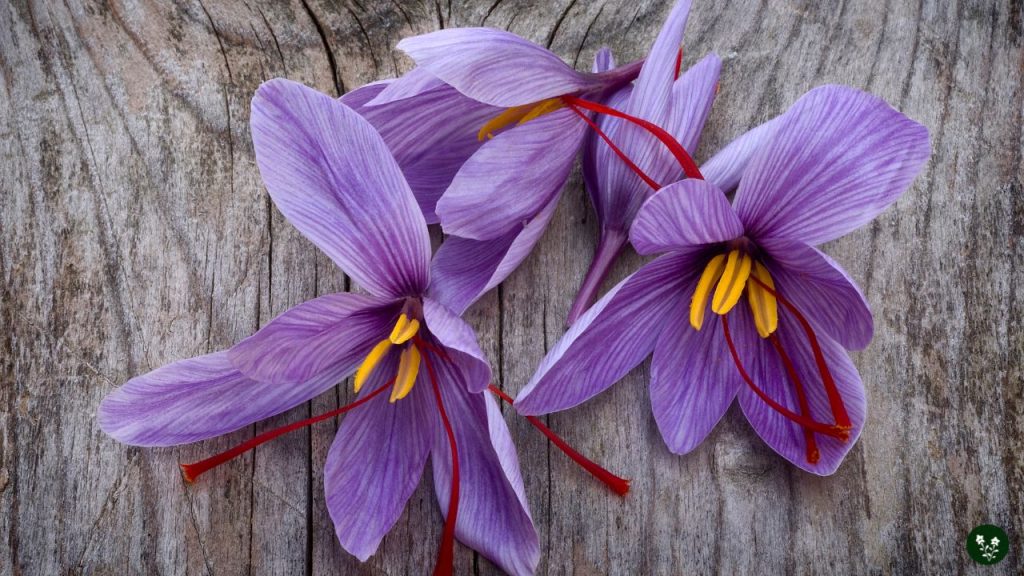
Crocus sativus has a long history of use in both culinary and medicinal applications.
Its distinctive taste, aroma, and color make it a highly valued ingredient in various dishes, while its numerous health benefits contribute to its popularity in traditional medicine.
Saffron in Cooking
Saffron is highly sought after for its golden color and spicy aroma. It is primarily utilized in Mediterranean and Asian cuisines, adding flavor and visual appeal to dishes like paella, biryani, and risotto.
The unique taste and aroma of saffron come from its carotenoid pigments, namely crocin, and crocetin.
Using saffron in cooking requires only a tiny amount, as its flavor is potent. It is often added to dishes such as rice and fish and plays a significant role in preparing traditional desserts in some regions.
To ensure optimal flavor, it is best to steep the saffron threads in warm water, milk, or broth before incorporating them into the dish.
Saffron in Traditional Medicine
Saffron has been used throughout history for its therapeutic properties in various traditional medicine systems, including Chinese, Ayurvedic, Persian, and Unani medicine.
Some of the vital health benefits of saffron include:
- Antidepressant effects: Saffron’s active compounds may have mood-enhancing properties, making it a promising natural remedy for depression.
- Neuroprotective effects: Saffron is believed to protect brain cells from progressive damage, possibly contributing to the prevention of neurodegenerative diseases.
- Antioxidant properties: The carotenoid pigments in saffron have potent antioxidant activity, which may help reduce inflammation and protect the body against oxidative stress.
While saffron is generally safe for consumption, it is essential to use it in moderation and consult a healthcare professional before using it for medicinal purposes, as excessive intake may cause side effects.
4. Best Time to Give Someone Saffron Flowers
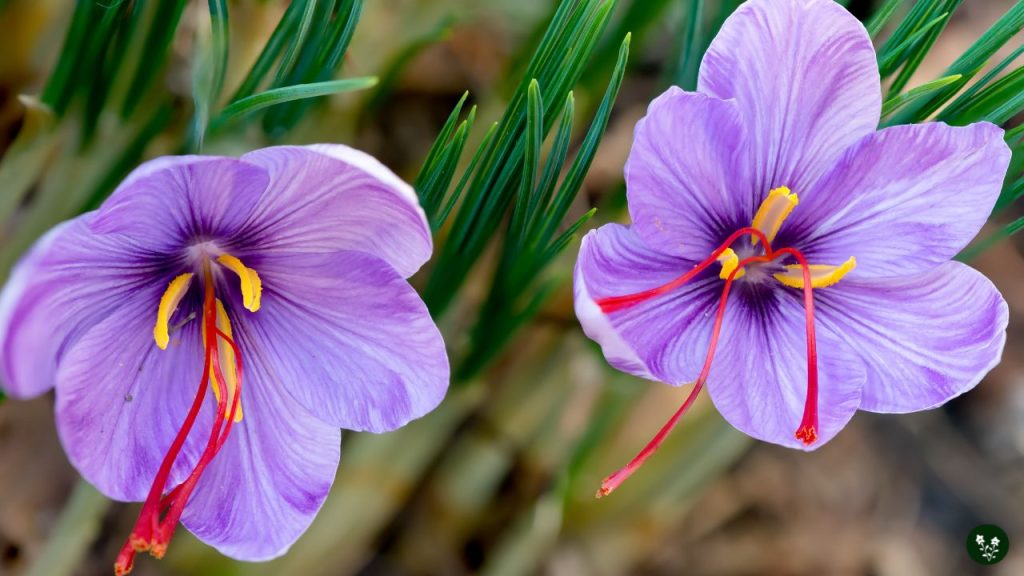
Saffron flowers, derived from the Crocus sativus plant, carry deep symbolism and meaning. They represent rebirth, joy, innocence, and new beginnings and make thoughtful and beautiful gifts for various occasions.
As the saffron flower is often associated with springtime, it is an ideal gift to celebrate the arrival of this season.
It symbolizes the renewal of life and the anticipation of warmer, brighter days ahead.
Giving saffron flowers in the spring can be a heartfelt gesture for events such as Easter, spring equinox celebrations, or even a loved one’s birthday that falls within this period.
Beyond spring-related festivities, saffron flowers are suitable for other significant life events.
These can include weddings, housewarmings, or the birth of a child. The flower’s uplifting symbolism brings a layer of positivity and joy to these celebrations.
Additionally, as the Crocus sativus symbolizes love in ancient Rome, saffron flowers can be given during romantic occasions such as Valentine’s Day or anniversaries, adding a touch of elegance and thoughtfulness to the celebration.
In summary, the best time to give someone saffron flowers is during moments of renewal, love, or new beginnings in their lives.
This versatile and symbolic offering will surely be appreciated and cherished for its beauty and profound meaning.
Explore the beauty and symbolism of flowers:
Leave a Reply